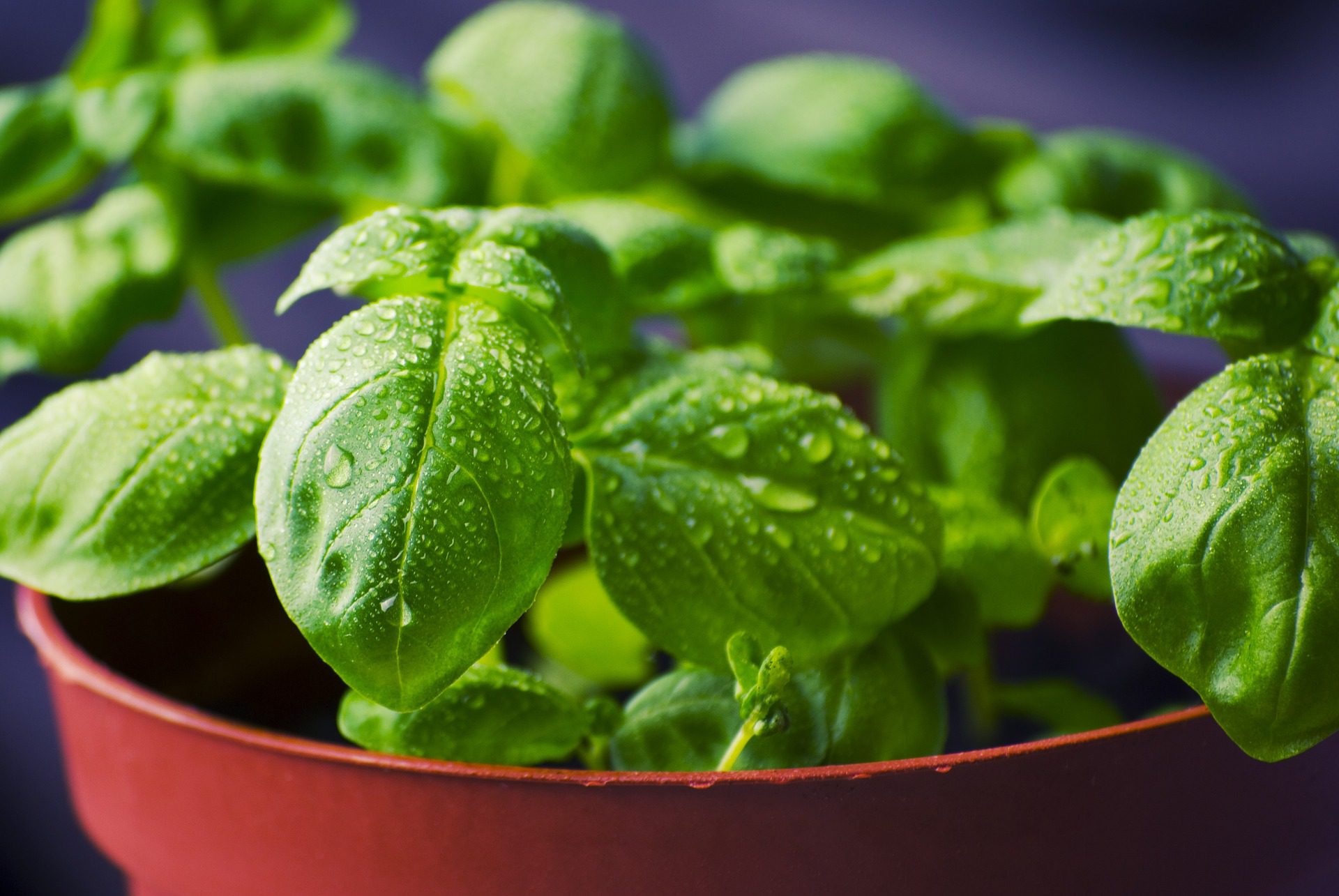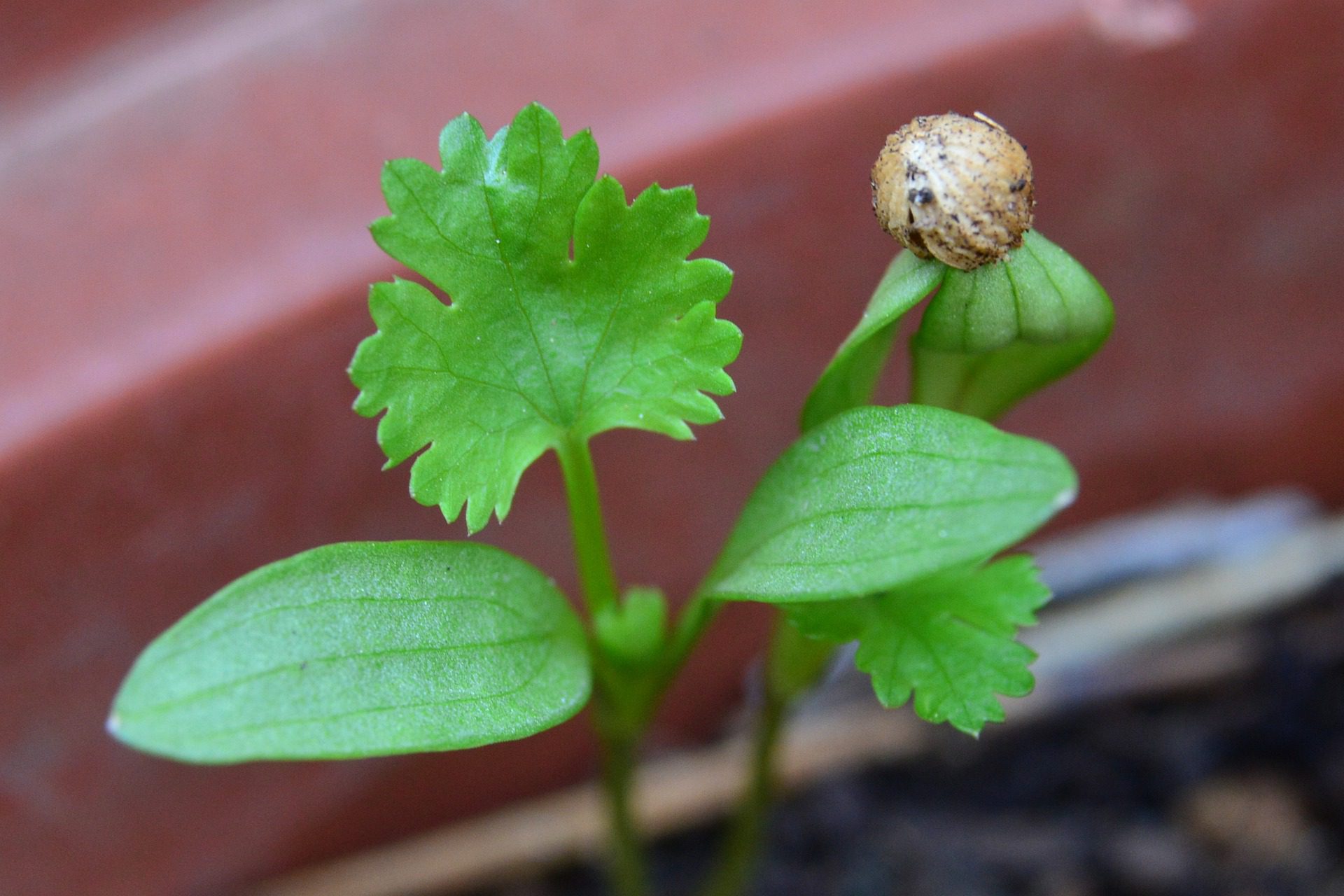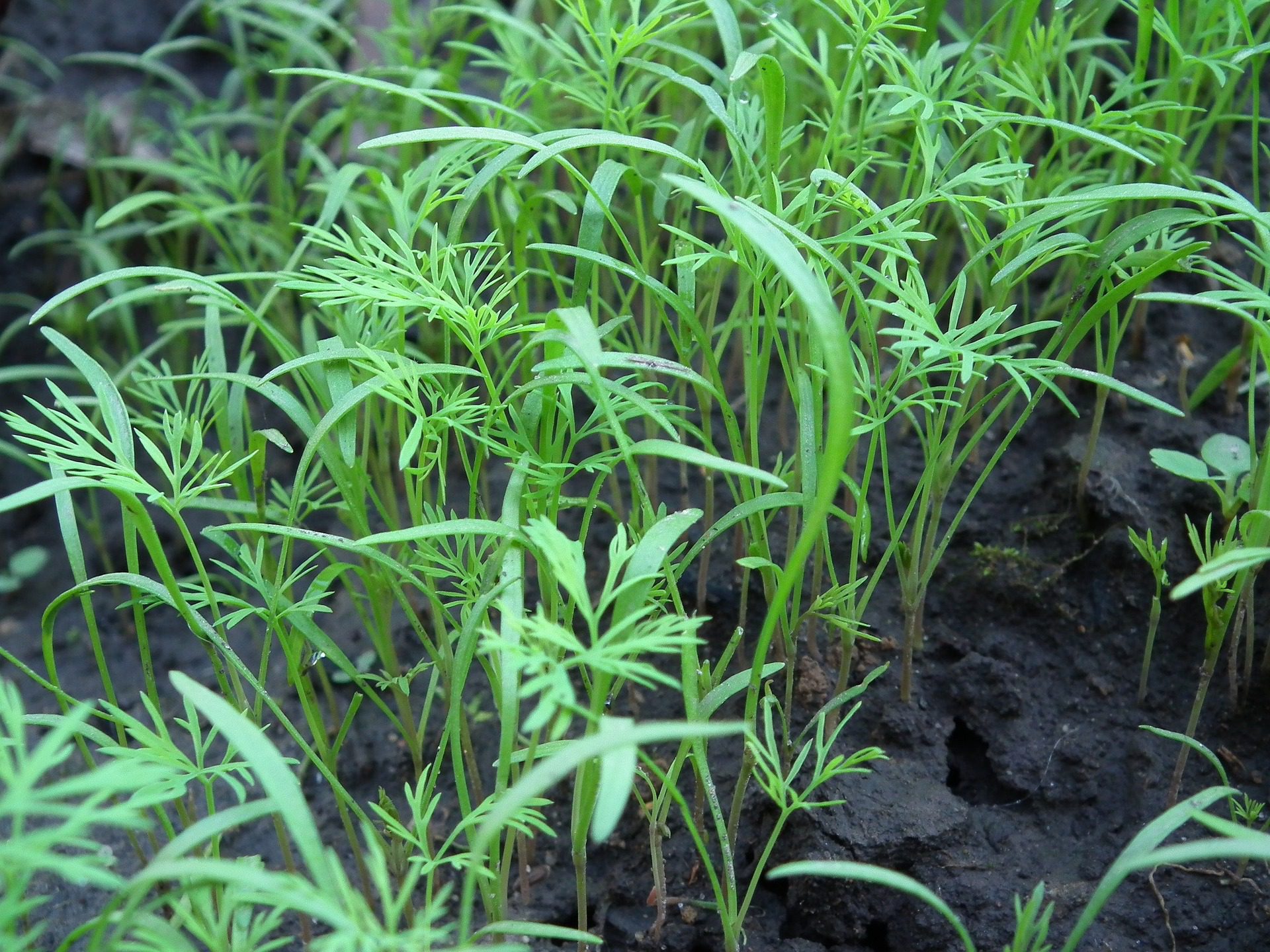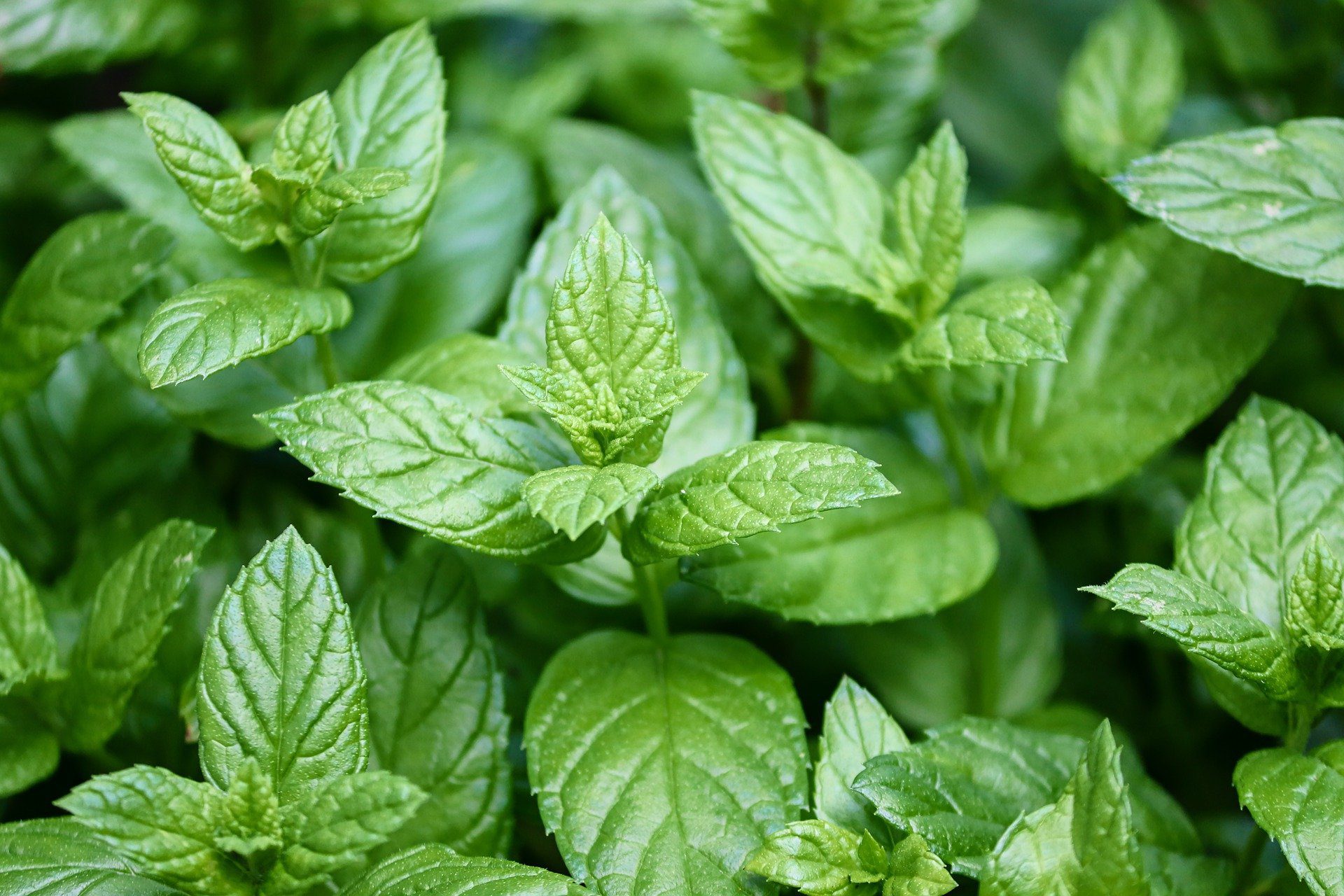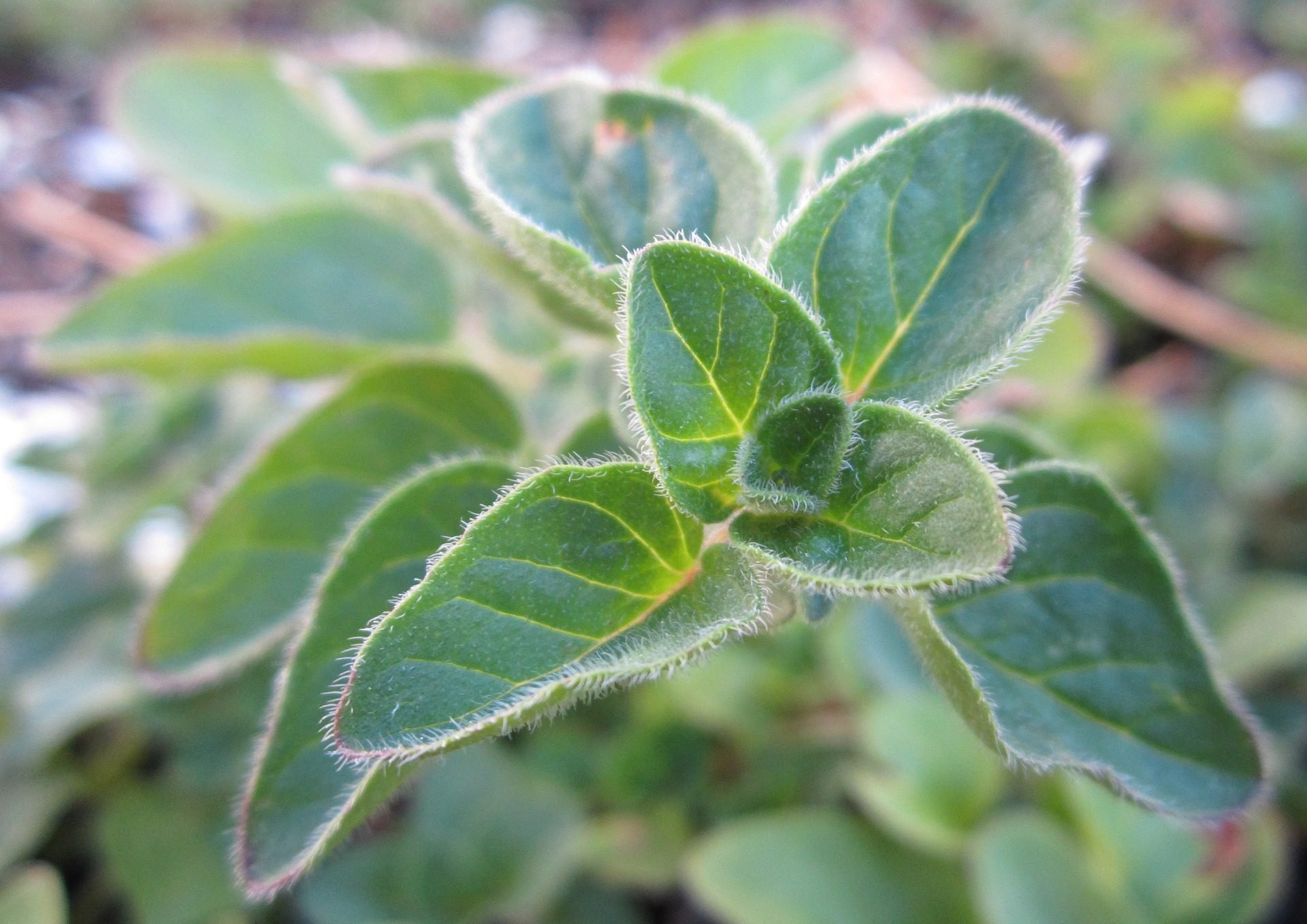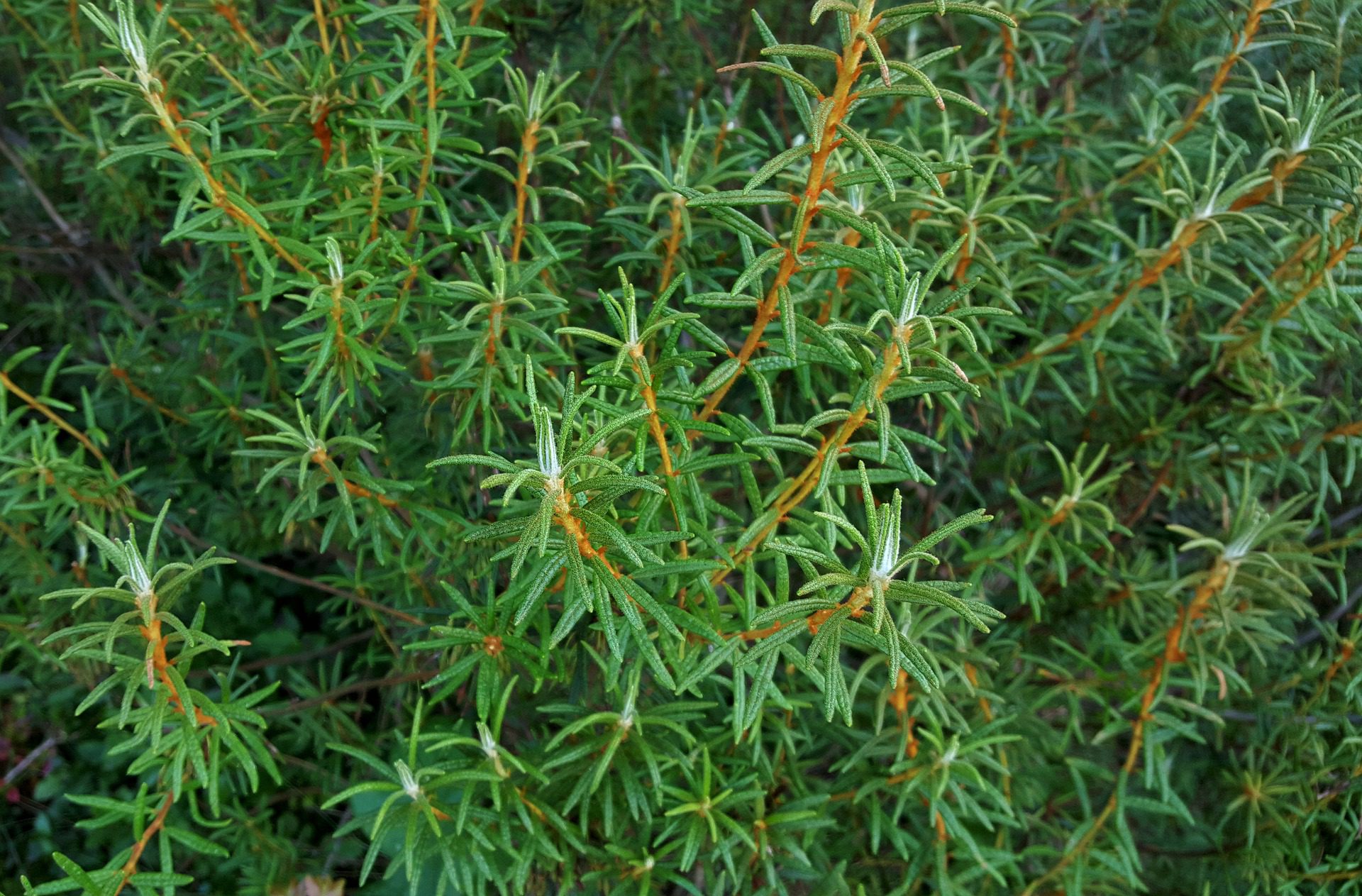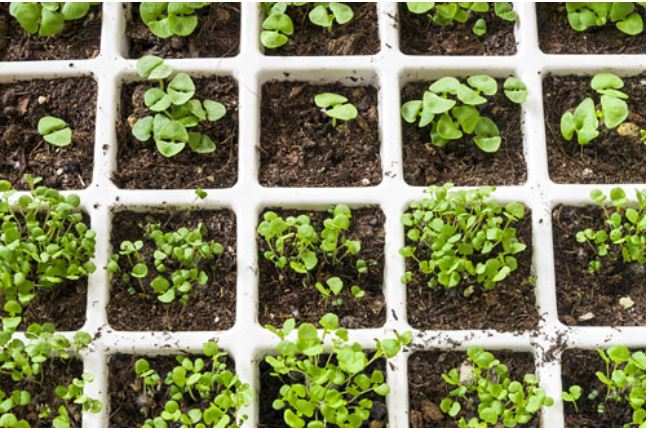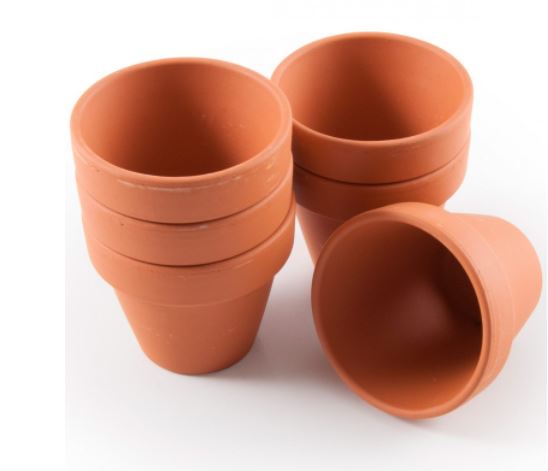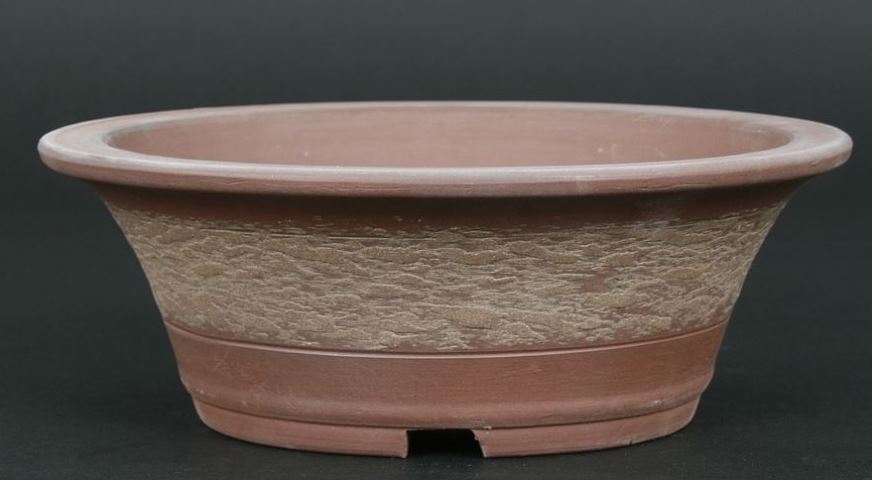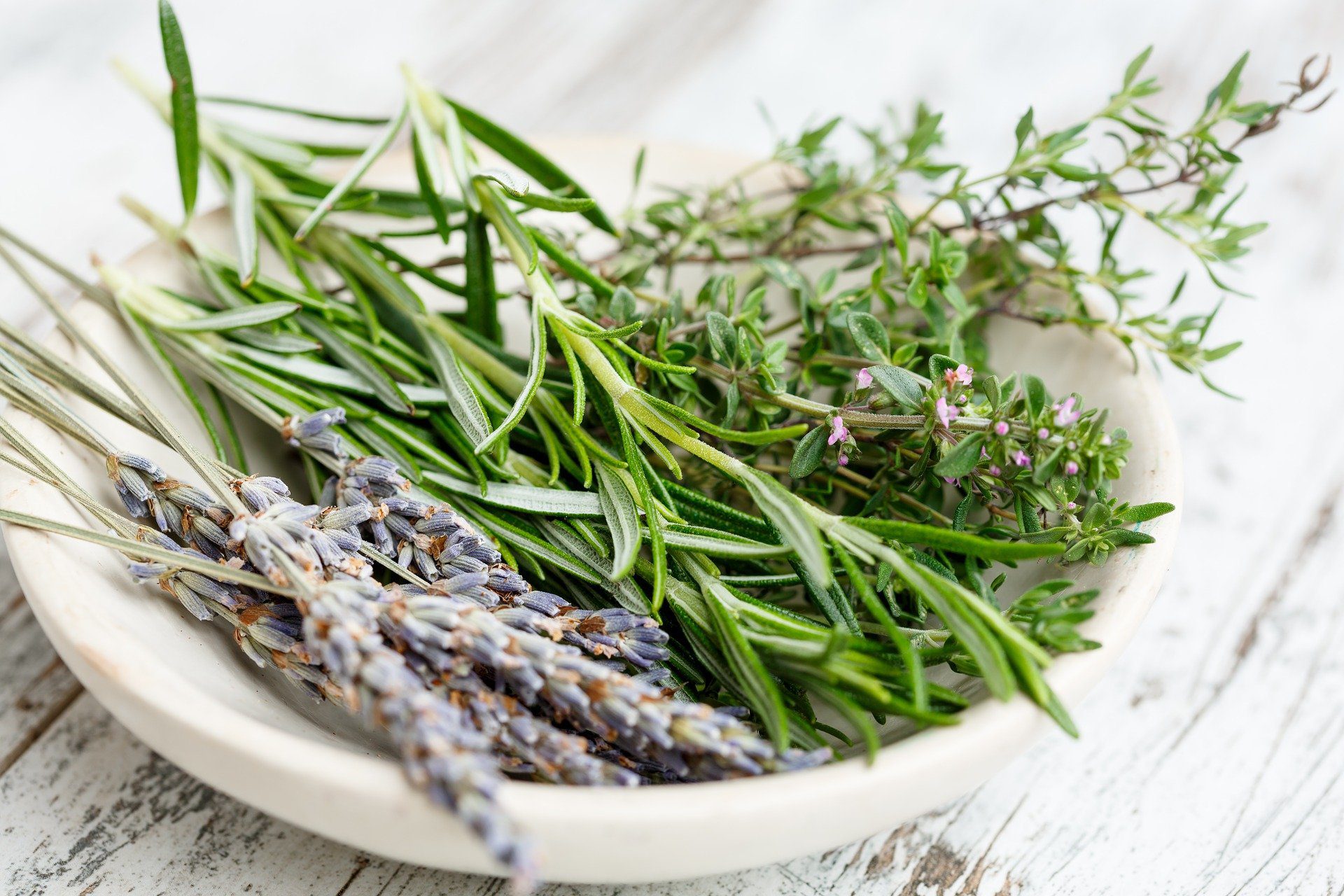
Sowing Herbs Indoors
How to sow herbs indoors
Sowing herbs is no more complex than any other. In fact, many of them, including basil, thyme and chives, are among the easiest to sow yourself.

Step 1 – Moisten the Soil
Always sow in a slightly moist soil. Add water until the soil is porous and wet, but not soggy.
Step 2 – Fill Containers
Although filling may seem obvious, it is important not to compact the potting soil. The potting soil should be packed, but not compressed. A good way to do this is to tap the pot on the table.
Step 3 – Sowing
Depending on your preference, you can sow in rows, broadcast or in small bunches. Spread the seeds evenly.
Step 4 – Cover
Generally, seeds should be covered with a thickness equal to three times their diameter. Thus, the larger the seed, the more potting soil is needed.
Step 5 – Label
Identify the seedlings: indicate the name of the plant and the date. Don’t rely on your memory, it could play tricks on you.
Step 6 – Place the Dome and Position the Tray in the Light
Cover the seedling containers with a transparent dome or plastic bag to increase humidity and stimulate germination. Although some herbs may germinate in the dark, place the containers in a well-lit area, near a window or under artificial light.
Choosing Herbs
Select seeds according to the plants you wish to grow.
Annual Herbs
Some plants, called annuals, have a life cycle of one year. From seeds, you will therefore obtain plants that you will have to replace after about twelve months.
Perennial Herbs
Perennials have life cycles that resemble our seasons. Less prolific in the winter, they have a beautiful growth period from late spring to fall. Place them under the sun on your balcony.
The following plants are among those perennials that you buy in your garden centre or sow for years of pleasure.
Choice of Potting Soil
Your herbs need a good quality potting soil. While commercially available products will do the job, if you want to make your own, an easy recipe will give you a dozen litres of substrates.
Potting Soil Recipe (mix)
- 4 L of soil
- 4 L of compost
- 2 L of sand
- 2 L of sphagnum moss
For best results, also add:
- 35 g dolomitic lime
- 40 g ground bone
Containers
- clay
- wood
- ceramic
- plastic (with drainage holes)
- terracotta
Terracotta containers are heavy and more fragile, but allow oxygen to pass through to the plant roots and facilitate the evaporation of excess water. These pots are ideal for those who overwater! Wooden pots generally offer the same features. Other prefer plastic pots that are easy to store. It is also possible to use wooden, clay, metal or ceramic planters.
Container Sizes
Herbs thrive in 20 cm (4″) containers. In smaller containers, the plants are cramped and do not offer the ideal yield. In larger containers, they seek to multiply the roots, at the expense of the leaves. Remember that wide, flared containers exposed to the sun increase the drying out of the soil.
Use wide, shallower pots for plants with shallow roots such as thyme, tarragon and savory.

